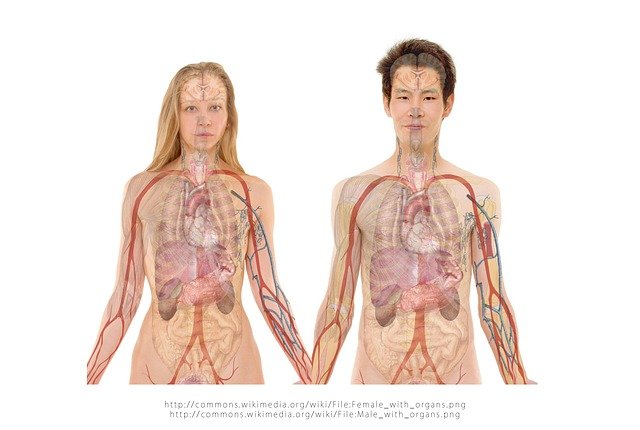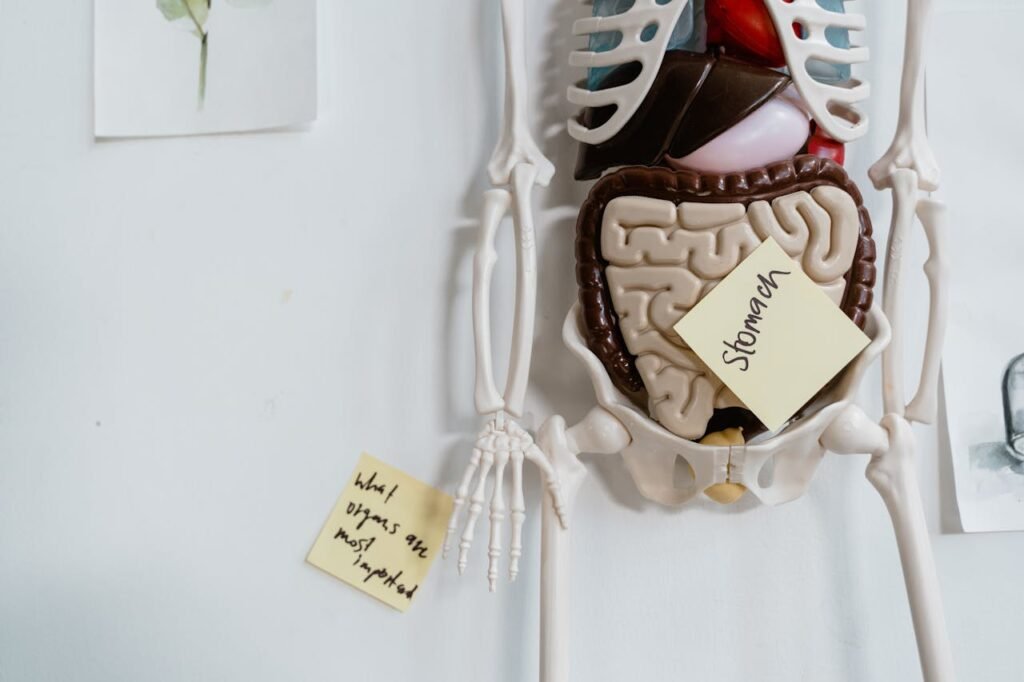Take a deep breath. Wiggle your fingers. Blink your eyes. You just used your body in three different ways — and you didn’t even have to think about it.
But have you ever wondered what’s really going on inside you?
Your body is like a big, amazing machine made up of many tiny parts that work together every second of the day. Some parts help you move. Others help you eat, sleep, think, and stay alive. And the best part? You don’t even have to tell your body what to do — it just knows.
In this article, we’re going to take a fun, simple journey through your body. We’ll explore what’s inside you, how everything works together, and why it’s all so cool. You don’t need any science background to understand it — just curiosity and your own amazing body as a guide.
The Human Body Is Like a Busy City
Imagine your body as a big, busy city. There are roads, workers, factories, power stations, delivery trucks, and even garbage collectors. Everyone and everything has a job. If one thing stops working, the whole city could run into trouble.
Your body works the same way. Different parts of your body are like different departments in that city. They all have to work together to keep you healthy, strong, and full of energy.
Let’s look at some of the most important systems inside your body and what they do.
1. The Brain – Your Body’s Boss
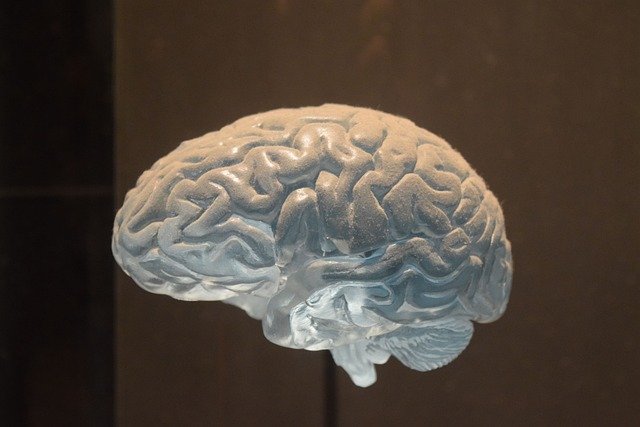
Right now, your brain is helping you read this sentence. It’s helping you think, remember, and even breathe — without you doing anything at all.
Your brain is the control center of your body. It sends and receives messages through a network called the nervous system, which is like a bunch of tiny wires (called nerves) that run all over your body.
Your brain helps you:
- Think and feel
- Move your arms and legs
- Hear sounds and see things
- Stay balanced when you walk
- Remember your favorite song, food, or person
It even keeps your heart beating and your lungs breathing — all without you needing to think about it.
2. The Heart – Your Body’s Pump

Now, let’s talk about the heart. You can feel it beating in your chest if you put your hand there.
Your heart is a strong, steady pump that never takes a break. It works all day and night to send blood to every part of your body.
Why is blood so important?
Because blood carries:
- Oxygen from your lungs
- Nutrients from your food
- Waste to be cleaned out
Your heart pushes blood through long tubes called blood vessels — these are like roads that go everywhere in your body.
There are two kinds of blood vessels:
- Arteries carry blood away from the heart
- Veins bring it back to the heart
So your heart is like the engine that keeps the whole body running.
3. The Lungs – Your Breathing Buddies
Now take a deep breath in… and out.
Your lungs are in your chest, and they’re in charge of bringing in fresh air (oxygen) and pushing out old air (carbon dioxide).
When you breathe in, air travels through your nose or mouth, down a windpipe, and into your lungs. There, the oxygen moves into your blood. That oxygen then goes to your heart, and your heart sends it all over your body.
When your body uses up the oxygen, it makes carbon dioxide — which your lungs push back out when you breathe out.
It’s like a big air exchange that never stops.
4. The Stomach and Digestive System – Your Body’s Kitchen
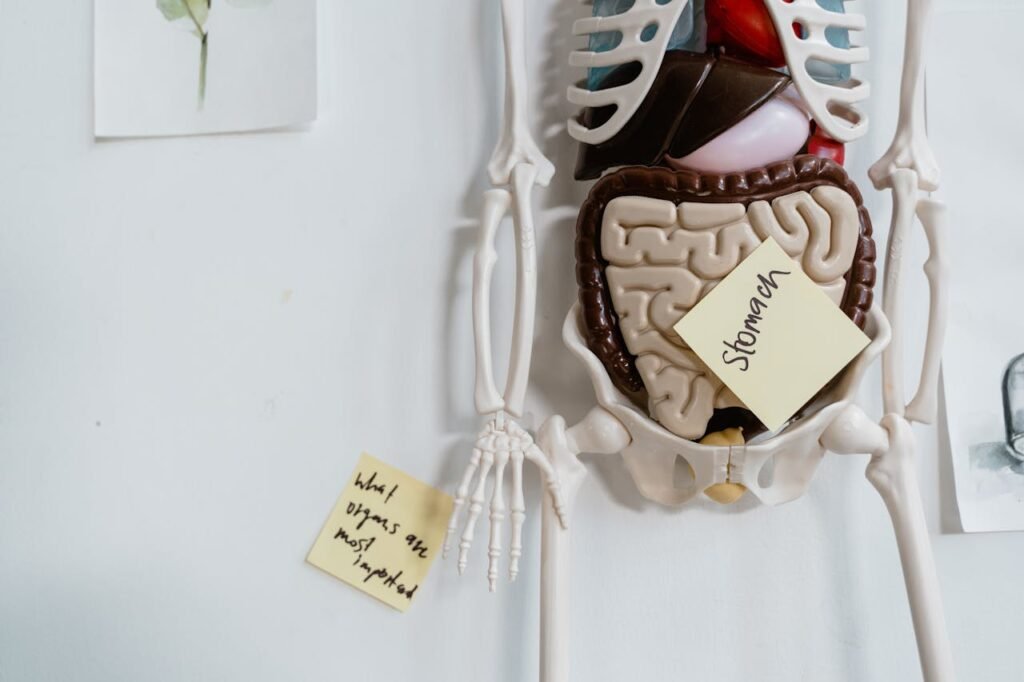
Have you ever felt your tummy rumble when you’re hungry? That’s your body asking for fuel. And once you eat, your digestive system gets to work.
Here’s what happens when you eat a bite of food:
- It starts in your mouth, where your teeth chew the food and your saliva begins breaking it down.
- The food then moves down a soft tube called the esophagus, which carries it to your stomach.
- Your stomach is like a stretchy bag that mixes the food with strong juices and turns it into a mushy soup.
- Then, the food goes into your intestines, where your body pulls out all the good stuff — nutrients, vitamins, and energy.
What’s left gets pushed out of your body as waste. So in a way, your digestive system is like a kitchen, recycling center, and delivery truck all in one. It takes your food, turns it into energy, and sends it where it’s needed.
5. The Muscles – Movers of Your Body
Try squeezing your fist. Now jump or stretch your arms out wide. You’re using muscles every time you move.
Your body has over 600 muscles, and they come in all shapes and sizes. Some are tiny, like the ones in your fingers. Others, like the ones in your legs, are strong and powerful.
Muscles are like pulling ropes — they don’t push, they pull your bones to make you move. Every time you walk, blink, run, talk, or even smile — muscles are doing the work.
There are three main types of muscles:
- Skeletal muscles – the ones you can move on purpose (like your arms and legs).
- Smooth muscles – these work automatically (like the ones in your stomach and intestines).
- Cardiac muscle – this one is special. It’s found only in your heart and works nonstop to keep you alive.
You don’t have to think about most of your muscles — they just know what to do. But you can make them stronger by playing, exercising, and staying active.
6. The Skeleton – Your Body’s Strong Frame

Now let’s look at your bones — the hard parts inside your body. They form your skeleton, which gives your body shape and keeps it strong.
Bones help you:
- Stand tall and straight
- Protect important parts (like your brain and heart)
- Move easily when muscles pull on them
Your bones are not just hard sticks. They’re alive — with blood, cells, and even a jelly-like center called bone marrow, which makes new blood cells for your body!
Your skeleton has over 200 bones, and they all connect together like a puzzle. Places where bones meet are called joints — and joints help you bend, twist, and move in all kinds of ways.
So while your muscles move you, your bones give you structure and support — like beams in a strong building.
7. Skin – Your Body’s Amazing Shield
Your skin is the part of your body that you see every day — but it’s so much more than just a covering.
Skin is your body’s first line of defense. It protects everything inside you, from your muscles and bones to your blood and organs. You can think of it like your very own body armor — soft, stretchy, and strong.
Here’s what makes skin so special:
- It protects you: Skin keeps out germs, dirt, and things that could make you sick. It also blocks too much sunlight, which can be harmful if there’s too much of it.
- It helps you feel: Your skin is covered in tiny sensors that send messages to your brain. That’s how you know when something is hot, cold, rough, soft, or sharp.
- It keeps your body balanced: When it’s hot, your skin sweats to cool you down. When it’s cold, it tightens to keep your heat inside.
- It heals itself: If you get a cut or scrape, your skin starts repairing right away — like magic, but it’s really science!
Your skin has three layers:
- The epidermis (top layer): Makes new skin cells and sheds old ones.
- The dermis (middle layer): Holds your nerves, hair roots, and sweat glands.
- The fat layer (bottom layer): Keeps you warm and cushions your body.
So even though skin looks simple, it’s always working hard to protect and help you — without you even noticing.
8. The Immune System – Your Body’s Secret Army
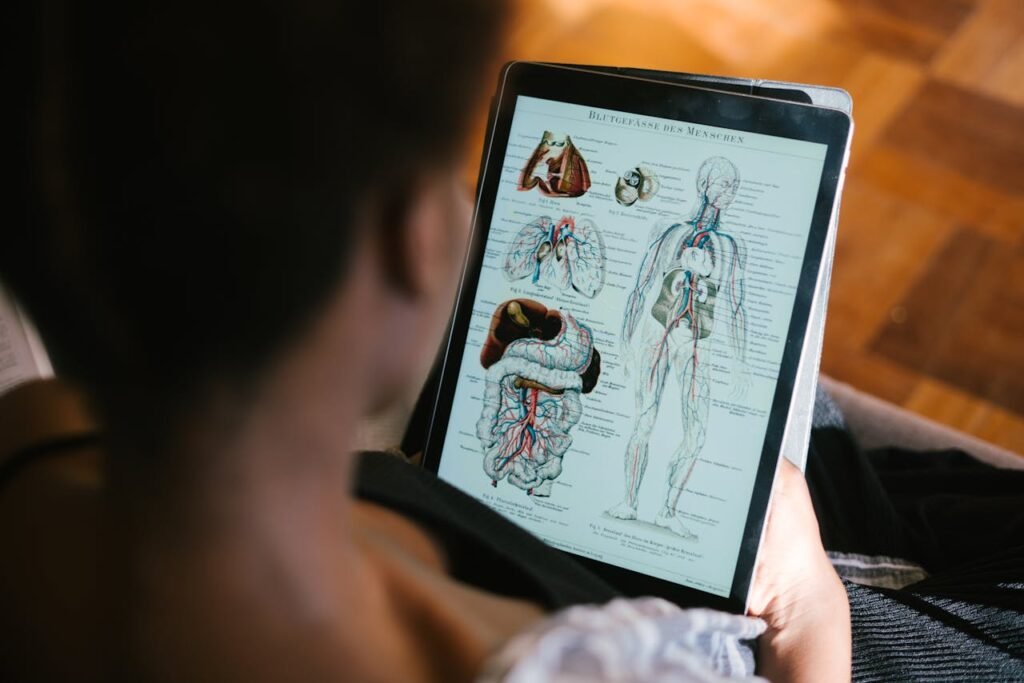
Imagine your body has an army — not with swords or shields, but with tiny cells ready to defend you. That’s your immune system.
Every day, we touch, breathe in, or swallow tiny things that don’t belong inside us — like germs, viruses, and bacteria. Most of the time, we stay healthy, because our immune system fights back fast.
Here’s how it works:
- White blood cells are the soldiers. They travel through your blood looking for anything that shouldn’t be there.
- When they find a germ, they attack and destroy it — sometimes right away, sometimes by making a plan to fight smarter.
- If the germ shows up again later, your immune system remembers it and can stop it much quicker. That’s why you don’t get the same cold twice in a row.
Your immune system includes:
- Lymph nodes (small bumps under your skin that store immune cells)
- The spleen (filters blood and helps fight infection)
- Bone marrow (inside your bones, it makes new blood and immune cells)
It’s like a full-time security team, protecting your body day and night.
9. The Five Senses – How You Feel the World
Your five senses are your windows to the world. They help you explore, learn, stay safe, and enjoy life.
Let’s look at each one closely:
👀 Sight – Your Eyes
Your eyes let you see light, color, shape, and movement. They send pictures to your brain through special nerves, so you know what’s around you. That’s how you read, watch movies, and see smiles.
👂 Hearing – Your Ears
Your ears pick up sound waves and turn them into messages your brain can understand — like music, talking, or a bird chirping.
👃 Smell – Your Nose
Your nose smells tiny things in the air. Some are sweet (like cookies), and others are stinky (like garbage). Smell helps you enjoy food and also warn you about danger (like smoke).
👅 Taste – Your Tongue
Your tongue has taste buds that tell your brain what you’re eating — sweet, sour, salty, bitter, or umami (a rich, savory taste). Smell and taste work together so you can enjoy your meals.
✋ Touch – Your Skin
Touch helps you feel the world. With your skin, you can tell if something is soft, cold, sharp, or smooth. It also helps protect you by telling your brain when something is painful or dangerous.
All of your senses send signals to your brain through nerves. The brain then makes sense of it all so you can respond, learn, and remember. Without your senses, the world would feel very different.
10. It All Works Together – Your Body’s Super Team
Now here’s the most amazing part of all: everything in your body works together.
No part does its job alone. Just like players on a team or instruments in a band, every system in your body needs the others to work well.
Here’s how:
- Your heart sends blood to your muscles, so they have the energy to move.
- Your lungs give oxygen to your blood, which your brain and organs need.
- Your nerves send messages from your skin and senses to your brain.
- Your stomach and digestive system feed every part of your body with energy.
- Your immune system watches over everything to keep it safe and strong.
Even when you’re asleep, all these parts are still working quietly to keep you alive, growing, and feeling good.
The human body is smart, strong, and always working together. That’s why it’s one of the greatest wonders of all.
Bringing It All Together: Fun Ways Kids Can Explore Their Own Bodies

Learning about the human body doesn’t have to stop when class ends. In fact, the best learning happens when kids start to notice things in their own lives — like their heartbeat after running, their breathing when they’re calm, or even how fast a cut on their finger heals.
At Debsie, we love encouraging kids to explore science with their own bodies as the lab. It builds curiosity, sharp thinking, and a love for discovery that lasts.
Here are just a few simple, safe, and exciting ways kids can start exploring the amazing science inside themselves:
1. Feel Your Heartbeat
Put two fingers gently on your wrist or the side of your neck. Can you feel it? That’s your pulse — your heart pumping blood through your body. Try counting how many beats you feel in 10 seconds. Then jump, dance, or run in place for a minute… and feel it again. Faster, right?
This shows how your body responds to activity, and how your heart works harder to give your body more oxygen when you move.
2. Test Your Lungs
Take a deep breath and hold it. How long can you hold it before you have to breathe out? Try it again after running around the house and see if it changes. This helps you feel how your lungs and muscles work together when your body needs more air.
3. Use Your Senses
Cover your eyes and have someone hand you different objects to touch — soft, rough, hard, squishy. Can you guess what each one is? Then try the same thing with smells or sounds. Your senses are always sending messages to your brain — and fun games like this help you see just how well your body is wired to notice the world.
4. Watch a Scratch Heal
Got a small scrape or paper cut? Over the next few days, watch how it changes. It may bleed a little at first, form a scab, and slowly close up. That’s your skin and immune system working quietly to repair you — without you needing to do anything at all.
It’s real science, happening right under your nose.
How Debsie Helps Kids Understand the Human Body
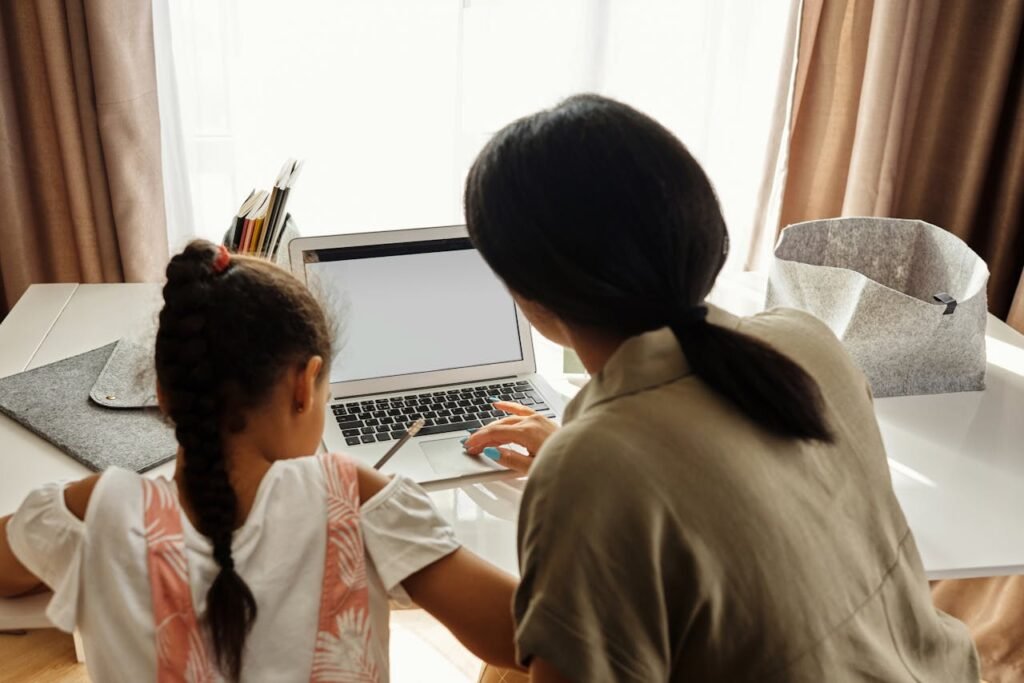
The human body is full of wonders — from the way your heart beats to how your skin heals a cut. But for many kids, learning about the body in school can feel dry, confusing, or just too hard to grasp.
That’s where Debsie comes in.
At Debsie, we believe that learning about the human body should feel like a discovery — not a lecture. We make science simple, exciting, and full of real meaning so every child can understand what’s happening inside them and feel amazed by it.
Here’s how we do it:
1. We Make Big Ideas Simple and Easy to Follow
The human body has a lot of parts — organs, systems, functions. At Debsie, we break everything down into easy, friendly steps.
Instead of starting with big words like “circulatory system,” we start with what kids already know:
- “Can you feel your heart beating?”
- “What happens when you take a deep breath?”
- “Why do you get hungry?”
From those simple questions, we build clear explanations. One small idea at a time. Always using everyday language that kids understand right away.
We meet them where they are — then guide them gently forward.
2. We Make Learning Visual, Playful, and Hands-On
Kids don’t just sit and listen at Debsie. They do things. They explore. They build. They act out systems and draw what they learn.
Here’s what that looks like:
- Drawing their own body maps
- Making a “stomach” out of plastic bags and learning how digestion works
- Acting out how the brain sends messages to the hand
- Playing games to match organs with their functions
When learning is playful, kids don’t even realize they’re learning — but they remember everything.
3. We Use Stories, Not Just Facts
Instead of saying, “The heart pumps blood,” we might say:
“Imagine your heart as a busy little drum, beating day and night, never stopping — not even while you sleep. Every beat is like a delivery truck, sending oxygen and food all over your body.”
That’s how kids feel what they’re learning.
We turn body parts into characters, systems into adventures, and lessons into stories — because stories make learning come alive.
4. We Support Every Type of Learner
At Debsie, every child is different — and that’s a good thing.
Some kids need more time. Others love to ask questions. Some prefer drawing while others love talking. Our teachers are trained to spot how each child learns best and teach in a way that feels natural to them.
We teach kids from ages 5 to 18, so whether your child is just starting out or diving deeper into biology, we’ve got a level and a pace that fits perfectly.
And we don’t just aim for understanding. We build:
- Confidence
- Curiosity
- Joy in learning
5. We Help Kids See That They Are Science
Learning about the human body isn’t just about passing a test. It’s about knowing how you work, why you feel, and what keeps you alive and healthy.
At Debsie, kids learn to see their own bodies not as a mystery, but as something incredible, powerful, and worth understanding.
We show them that learning science is not about being “smart” — it’s about asking questions, exploring answers, and discovering what they’re already made of.
Start Exploring With Debsie Today
The human body is one of the most fascinating topics in science. And with Debsie, it becomes one of the most loved too.
👉 Book a free trial class today
Let your child explore the science inside their own skin — and come away feeling smarter, stronger, and more curious than ever.
Because at Debsie, we don’t just explain the human body —
We help kids feel proud of the amazing one they live in.
Final Thoughts: Your Body Is a Living Wonder
From your beating heart to your blinking eyes, your stretching muscles to your bubbling stomach — your body is full of tiny miracles happening every second. And now, you understand what many people never stop to notice.
You’ve taken a journey through the human body — not with big, confusing words, but with clear, simple steps that made everything feel real and exciting. That’s the kind of learning that sticks forever.
And that’s exactly what we do at Debsie.
We help kids see that learning about their body isn’t just science. It’s a way to understand themselves, stay healthy, feel confident, and grow into smart thinkers who love asking “why” and “how.”
So whether your child wants to be a doctor, a dancer, a coder, or just stay curious — understanding how their body works is the perfect place to start.
Read Next:
